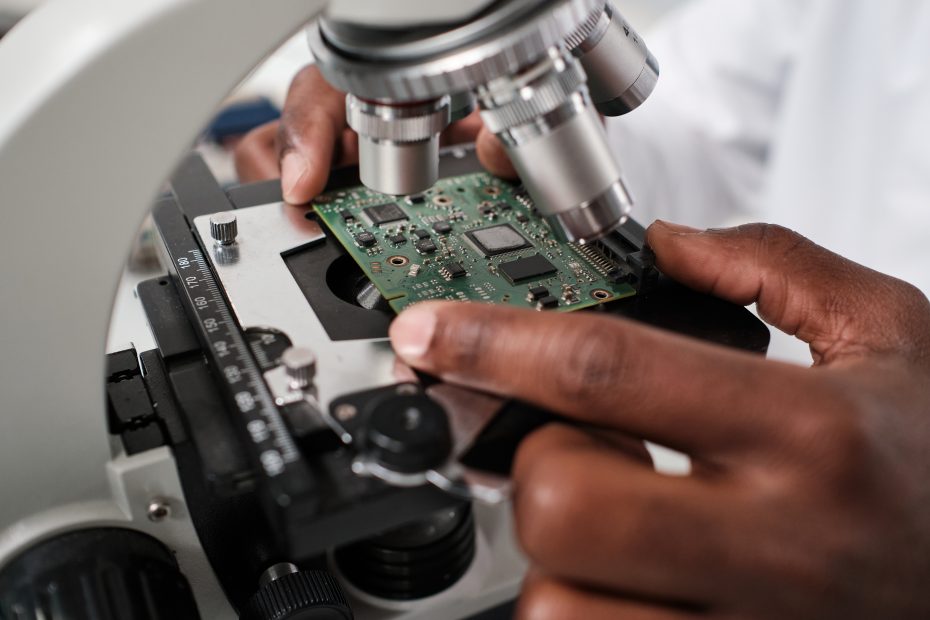Printed circuit board (PCB) connectors are an essential component in many electronic devices, playing a crucial role in transmitting signals, providing power, and connecting different parts of a device. The wide variety of connectors available on the market can make it difficult to select the right one for your specific needs.
With so many options available, it is critical to understand the most important factors for your application in order to select a connector that will provide reliable performance and meet your specific requirements. Whether you are designing a new electronic device or upgrading an existing one, taking the time to carefully evaluate your options and consider all relevant factors will ensure that you choose a connector that will perform as expected and contribute to the overall success of your project.

In this article, we will provide five tips for selecting printed circuit board connectors, including factors such as the number of contacts, environment, material, plating, and manufacturer.
Consider the Number of Contacts
Connector components play an integral role in systems that require transmission of multiple signals. The number of contacts required will differ according to the demands of a specific application, so selecting the best configuration is imperative. It’s important to take careful stock of the exact number of signals needing amplification or distribution prior to making a purchase, ensuring a connector builds up those pathways with complete accuracy. Getting the right number of contacts will ensure flawless performance and robust signal integrity over any given span of time.
Take the Environment into Account
When selecting a connector, environmental factors must also be taken into account. For example, the temperature, humidity, and vibration levels could all have a negative impact on its performance and reliability. This is why it is essential to choose a connector whose rating matches the surrounding environment in which it will be used. Paying attention to these conditions ahead of time can prolong the life of the connector as well as ensure uninterrupted usage.

Choose the Right Material
The material used in the manufacture of connectors heavily affects their performance and durability. Metal, composite materials, and plastic options are all common selections available. If you’re considering which material to use, take aspects such as the weight, price, as well as the necessary level of protection into account for a successful result. Do not forget about any extra materials required for manufacturing; these could include coatings and fillers that add strength and durability to the end product. With countless options available for each individual material, it can be tricky to determine what will create the most ideal result. Noise has also been identified as an important factor in material selection; designing with the correct sound absorption capabilities can translate into deeply customized solutions that cater completely to your particular needs. Variables such as conductivity must also be approached with finesse; this might be more valuable in industries requiring higher safety measures or electrical regulations than aluminum might bring along.

Pay Attention to the Plating
The performance and dependability of a connector are greatly affected by the plating used. There are several plating options, including nickel, tin, and gold. Tin and nickel platings may be more economical than gold, but take note that they come with reduced levels of resilience. Gold, on the contrary, offers the highest degree of corrosion protection, though it has a higher cost. Ultimately, it’s important to evaluate the most suitable and valuable plating material to invest in for your individual needs.

Look for a Reliable Manufacturer
It’s critical to be selective when choosing a manufacturer from which to buy connectors; their experience, product testing, and customer support, for example, all contribute to the quality of their product. Consider also whether they have certifications that promote good habits in quality management and ensure strict attention to standards. Only purchase connectors from someone with a track record of reliability, coupled with high manufacturing standards. Put your full trust in a reputed and trustworthy supplier who you know has integrity, so that you can feel assured about the quality of your connectors.

In conclusion, selecting the appropriate printed circuit board connector is a crucial step in ensuring the success of your electronics project. By taking into account the number of contacts, environment, material, plating, and manufacturer, you can ensure that you choose a connector that meets your specific needs and provides reliable performance over time.
It is also important to choose a manufacturer that has a strong reputation for producing high-quality connectors, and to check for certifications such as AS9120 and ISO 9001, which are quality management certifications that ensures that the manufacturer adheres to strict quality standards.
By following these tips, you can be confident that your PCB connector will perform as expected and contribute to the overall success of your project. Whether you’re designing a new electronic device or upgrading an existing one, taking the time to carefully evaluate your options will ensure that you choose a connector that will provide reliable performance and meet your specific requirements.
Don’t fret – our IC & Semiconductor Sourcing Specialists can help you today on our Contact Page!
Learn more at Gagdetronicx, Electronic Products, and Octopart.





























